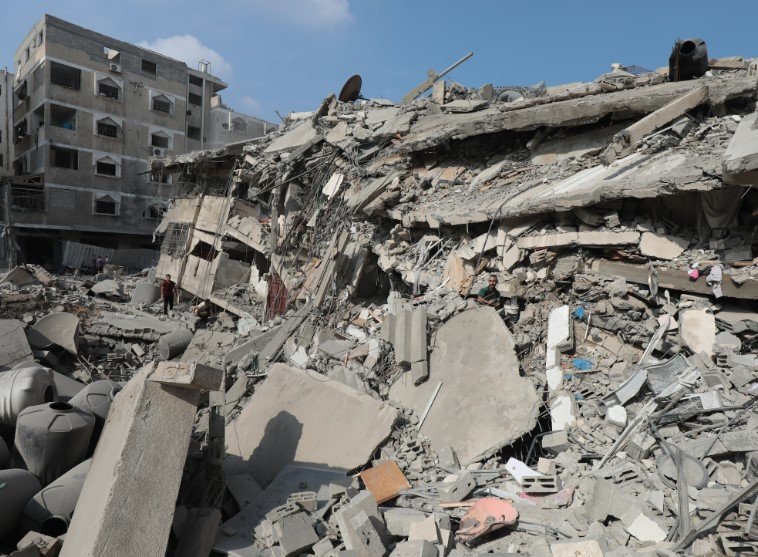Israel’s latest strike on Nasser Hospital in southern Gaza has left the region reeling. The attack, which targeted a senior Hamas operative, triggered a massive fire and resulted in multiple casualties, deepening an already catastrophic humanitarian crisis.
A Direct Hit on Nasser Hospital
On Sunday night, Israeli forces launched an airstrike on Nasser Hospital, Gaza’s largest medical facility in Khan Younis. The Hamas-run health ministry reported that the strike hit the hospital’s surgical wing, killing a high-ranking Hamas official and injuring several others. Flames engulfed parts of the hospital, leaving patients, medical staff, and civilians scrambling for safety.
The timing couldn’t have been worse. The hospital had already been overwhelmed with wounded civilians from Israel’s recent wave of intense airstrikes. For many, it was their last refuge — until it wasn’t.
Israel’s Justification and International Backlash
The Israeli Defense Forces (IDF) quickly acknowledged the strike, stating it was a precision attack aimed at eliminating a senior Hamas member operating from within the hospital compound. According to an IDF statement on social media platform X, “A key Hamas terrorist who was operating from within the Nasser Hospital compound in Gaza was precisely struck. Hamas exploits civilian infrastructure while brutally endangering the Gazan population — cynically using an active hospital as a shelter for planning and executing murderous terrorist attacks in a direct violation of international law.”

The strike, however, has sparked global outrage. International humanitarian organizations, including the World Health Organization and Médecins Sans Frontières, condemned the attack, emphasizing that hospitals must remain off-limits in conflict zones.
Casualties Mount as Gaza’s Health System Crumbles
The ongoing conflict has already claimed over 50,000 Palestinian lives, according to the Hamas-run Gaza Health Ministry. Each strike chips away at what little remains of the region’s fragile medical infrastructure.
Doctors at Nasser Hospital, many of whom were operating on patients when the missile struck, described scenes of chaos. One surgeon recounted, “We were mid-surgery when the walls shook. I looked up, and the ceiling was gone. Patients were screaming, running — some couldn’t move.”
• Over 100 patients were in the surgical wing during the strike • Several doctors and nurses remain unaccounted for • Emergency services struggled to contain the blaze
With Gaza’s hospitals already overwhelmed, losing Nasser Hospital is a devastating blow. There are dwindling medical supplies, and power outages continue to cripple operations.
Political Fallout in Israel and Beyond
The airstrike comes at a time of escalating political tensions in Israel. Prime Minister Benjamin Netanyahu faces growing public anger, with thousands protesting against his government’s handling of the war. Critics argue the relentless offensive is fueling more extremism and worsening Gaza’s humanitarian disaster.
Internationally, pressure is mounting on Israel to reconsider its military strategy. The United Nations, European Union, and several Arab states have called for an immediate ceasefire, but Israel insists Hamas’s use of civilian sites as shields leaves them no choice.
Meanwhile, Hamas vowed retaliation, signaling no end in sight to the bloodshed. “This crime will not go unanswered,” a Hamas spokesperson declared.
